Or representations of heart rate in comics and my crazy pet peeves surrounding them, using examples from Daredevil.
By Mark Waid, Javier Rodrigues, and Chris Samnee; Marvel Comics
A not uncommon trope in comic books is that a character with super hearing can assess the honesty of other characters by listening to their heart beat. The idea is that someone with something to hide will have their heart rate unconsciously increase when they are being untruthful or when they confronted and be betrayed by their telltale heart beat. For characters like Wolverine, Superman, and especially Daredevil, it can be quite common to see our hero confront a potential liar and see the squiggly wave pattern of their heartbeat flash across the panel.
And on the surface this is fine. Liars DO often have an unconscious increase in their heart rate, a response to confrontation that activates their fight-or-flight nerves (Sympathetic Nervous System) which stimulates a faster heart rate. As a result, heart rate is one of the physiological responses that are tracked during a Polygraph lie detector test. This idea actually works to a certain extent in real life. So I really have no issue with the overall concept of using heart rate as an indicator of duplicity in comics.
No my issue is that the sound of a heart beat is portrayed as an electrocardiogram (ECG) waveform.
Now, in my day job, I'm a Science graduate student who studies how heart muscle cells work: specifically how their electrical signalling (which controls contraction and heart rate) influences the rate at which they convert fuel (fat/sugar) to energy (ATP). So I know a bit about how hearts work, and spend more time than an average person looking at and thinking about ECG's. So as a result, I have a crazy person pet peeve about using an ECG waveform as a stand in for the sound of a heart beat. And here's why:
An electrocardiogram measures changes in voltage in the heart. The heart, as you probably know, is an electrically active organ: on a cellular level it moves charged atoms (ions) across cell membranes in such a way to create voltages which in turn turn control heart contraction. During a normal heart beat, a cluster of pacemaker cells, which spontaneously change their voltage, activate themselves by "depolarizing", and start a cascade of electrical signals that will spread around the heart and cause it to contract. Heart cells are joined end to end in a way that lets them carry this electrical signal and activate one another, so once the pacemakers "fire" their activation signal, that signal will eventually travel to every healthy muscle cell in the heart during a single heart beat. And every heart muscle will, when it sees this activation signal, activate and contract, which makes the heart compress and pump blood. Now, the heart has to contract in a coordinated way: different parts of the heart will contract in a sequence, and within those parts thousands of cells have to work all at once. To make this happen the controlling electrical signals in the heart follow a specific, regulated path around the heart. The electrical signal starts in the pacemaking area, travels around the top chambers of the heart (atria), slows down for a tiny moment at a fusey structure to give the atria a chance to contract and empty, and then races down specialized signalling pathways that spread the signal evenly throughout the big lower chambers (ventricles) of the heart so that this part of the heart contracts all at once. What this all means is that if you stick electrodes on opposite sides of the heart you will see regular, repeated patterns in voltage changes, and this pattern is an ECG.
And ECG are awesome tools for measuring heart rate. You get a regular waveform with a small upward tick during atrial depolarization, a complicated down-up-down squiggle during ventricular depolarization, and another upward tick when all the ventricle cells reset themsevles by "repolarizing" (if you measure an ECG in the stereotypical way). You can get all kinds of information from these ECG patterns, including, from how close together or spaced out they are, the heart beat of a person. Which is how they are used in comics.
My crazy-person problem is that voltage changes in the heart have NOTHING to do with how a heart sounds: an ECG is not related to the heart beat sounds at all. And this bothers me a little.
Hearts make a pretty distinctive sound when they beat, a kind of "Lub-Dub" (or, in the words of Johnny from dirty dancing, "Guh-Gung"). This sound is made by the valves in the heart snapping closed during a heartbeat. Heart valves, the doors between the four chambers of the heart and the heart and the rest of the body, function as one way valves that let blood travel one way through the heart and body. So during a heartbeat you get a sound, "LUB", when your ventricle chambers compress, making one pair of valves located between chambers to loudly snap close. Then after the heart stops contracting and relaxes, you get a "DUB" as the other set of valves snap close to stop blood from flowing back into your heart. And this cycle of "Lub-Dubs" directly relates to heart rate and is LITERALLY heart beat. So a slowly beating heart sound something like "Lub-Dub....Lub-Dub...Lub-Dub" while a rapidly beating heart would have a beat like "Lubdub-lubdub-lubdub...". Comic artists could literally just use the onomatopoeia of the sound to make a more realistic portrayal of a racing heart.
But, admittedly that isn't very visually satisfying or efficient comics.
But there is a visual solution that is also accurate. The lub-dub sound is so regular, so characteristic that its waveform, the shape of the sound itself, is so visually distinct that it is a diagnostic tool in medicine. (Literally the first test for heart function, before and ECG or Echocardiogprahy (visuallizing the heart with ultrasound) is a doctor with a stethoscope listening for regular lub-dubs, skipped beats, and weird leaky sounds. And even later in the diagnosis game a more complictaed sound analysis test is sometimes used.) Anyway, this waveform, just like an ECG keeps the same pattern, bigger initial collection of squiggles ("lub") closely followed by smaller cluster of squiggles ("dub"), over and over. Heart rate is defined by how wide the gap between repetitions of the pattern, also just like in an ECG. So really, with the heart sound waveform pattern you get a distinct looking thing that describes heart beat just as well as an ECG waveform that is LITERALLY the sound of the heart beating. So, if an artist wanted to represent the sound of heart rate in a super-detailed and Scientifically correct way they could draw the actual waveform pattern of the heart.
Now, I'm aware how crazy, pedantic, and unfair this pet peeve is. Normal people don't care about the distinction between heart sounds, heart muscle contraction, blood pressure, and electrical activity when measuring heart rate. I suspect for most people an ECG is just as valid a way of representing audible changes in heart rate as my purposed "lub-dub" sound waveform. In fact, from a comics-as-visual-media perspective an ECG is probably a BETTER way of representing heart rate than the sounds: it is much more universally recognized as a heart specific thing and directly relates to heart rate in the human imagination. Hell, it is even tied to sound with the "bleep-bleep-bleep" of heart rate monitors in hospital settings (and the "bleeeeee...." of a stopped heart). The ECG as a symbol conveys much more visual meaning with more efficiency than the Scientifically accurate sound diagram, and since comics are about telling stories in visual ways and not appeasing internet jerks using ECG's is probably the right choice.
The right choice that I find irrationally annoying.
(Oh, and while I am on the topic of ECG's in comic books, I recently tried the first issue of the new Superman/Batman comic by Brain Azzarello and Lee Bermejo, and there is a use of ECG in here that is all kinds of wrong. While trying to portray a racing heart in a terrified man fighting (to contrast it to the cool as cucumbers steady beat of Bruce Wayne) they used a crazy erratic ECG trace. This is how an ECG would look if you were having a SERIOUS ahrrythmic/ventricular fibrillation event. Seriously, this is how an ECG would look if you were DIEING of "Sudden Cardiac Death". A racing heart keeps the pattern's shape: sound and ECG patterns don't change, they just repeat faster. An ECG drawn this way isn't just me-being-a-lame-pedant-wrong, but is meaningfully factually wrong.)
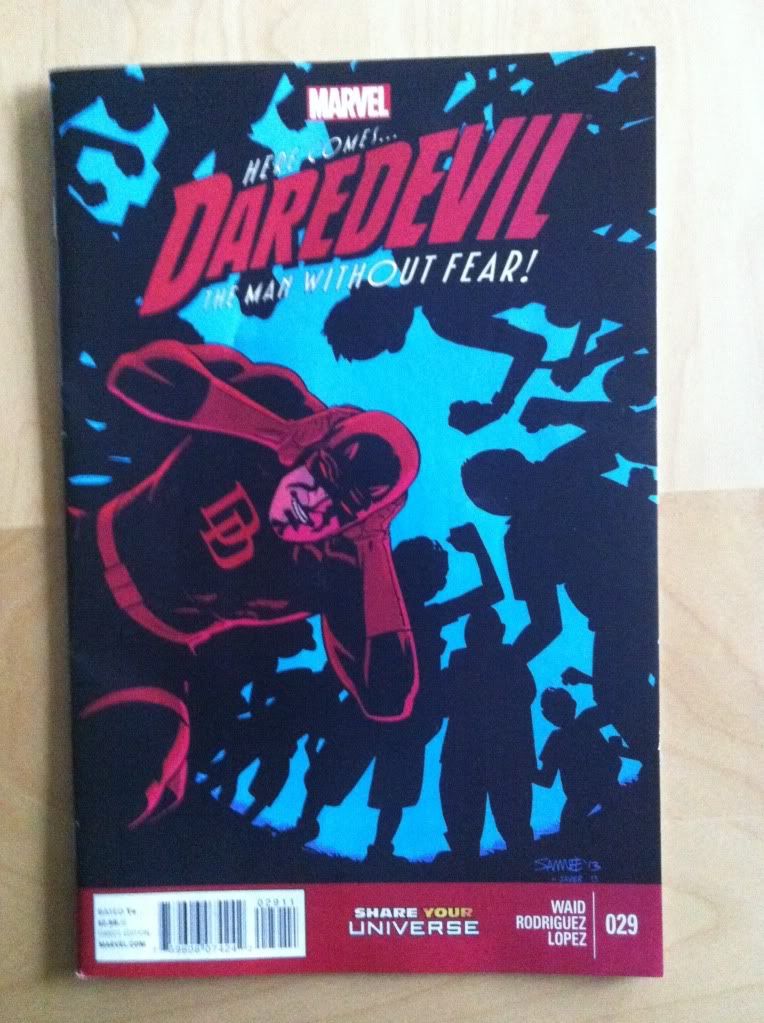
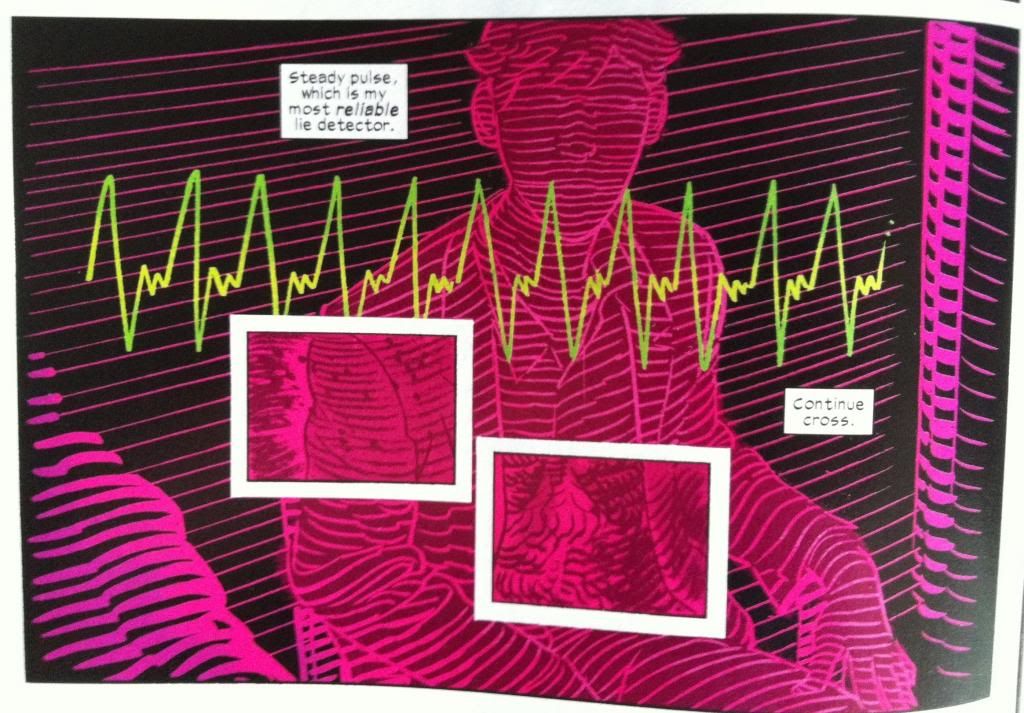

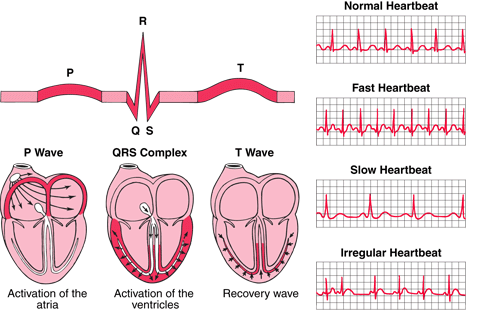


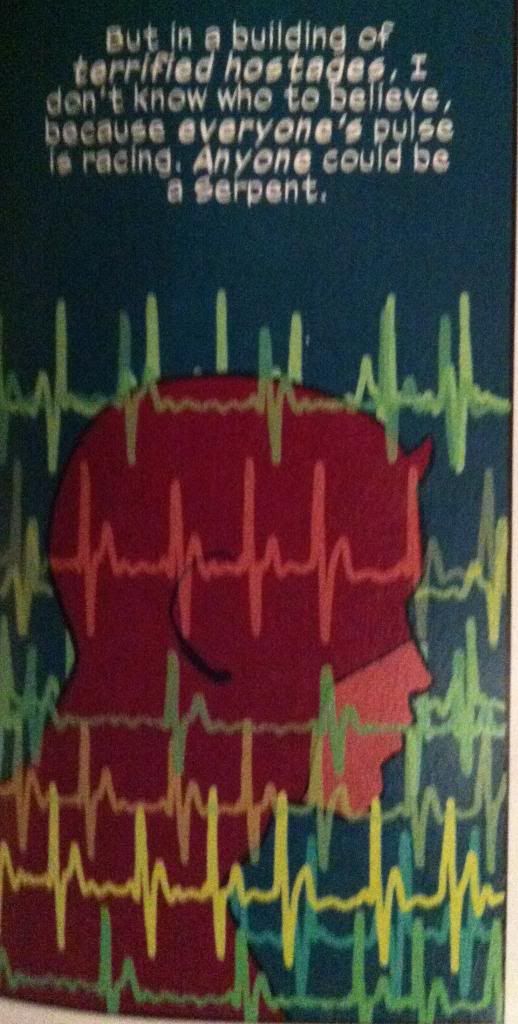
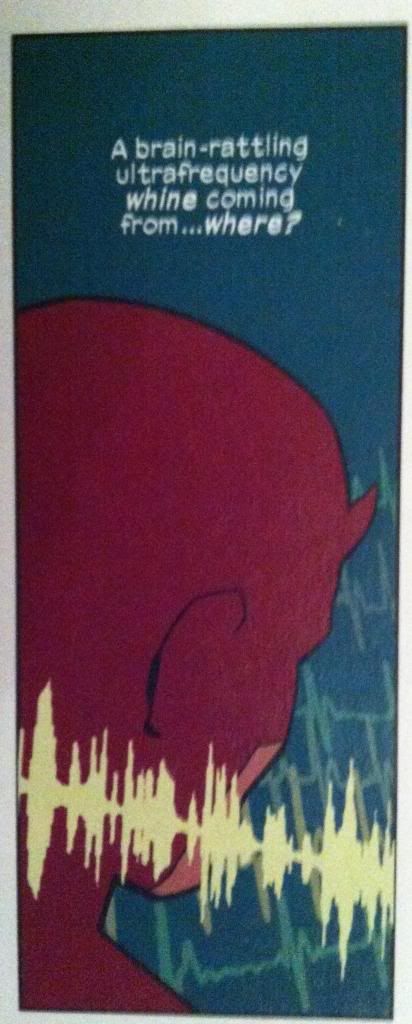
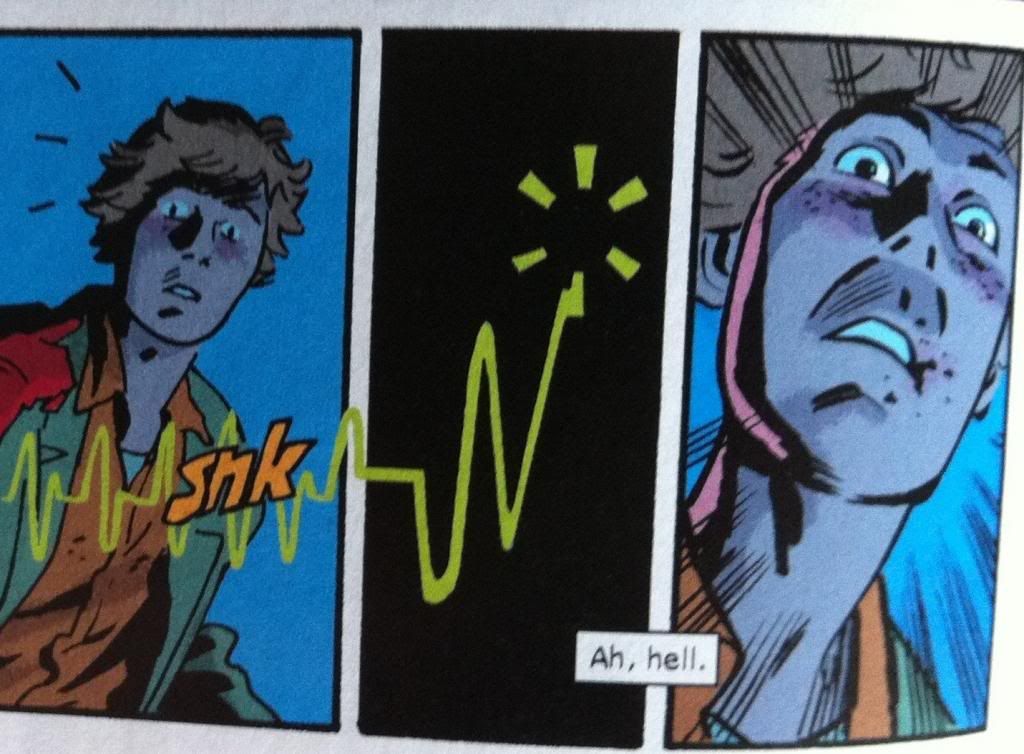
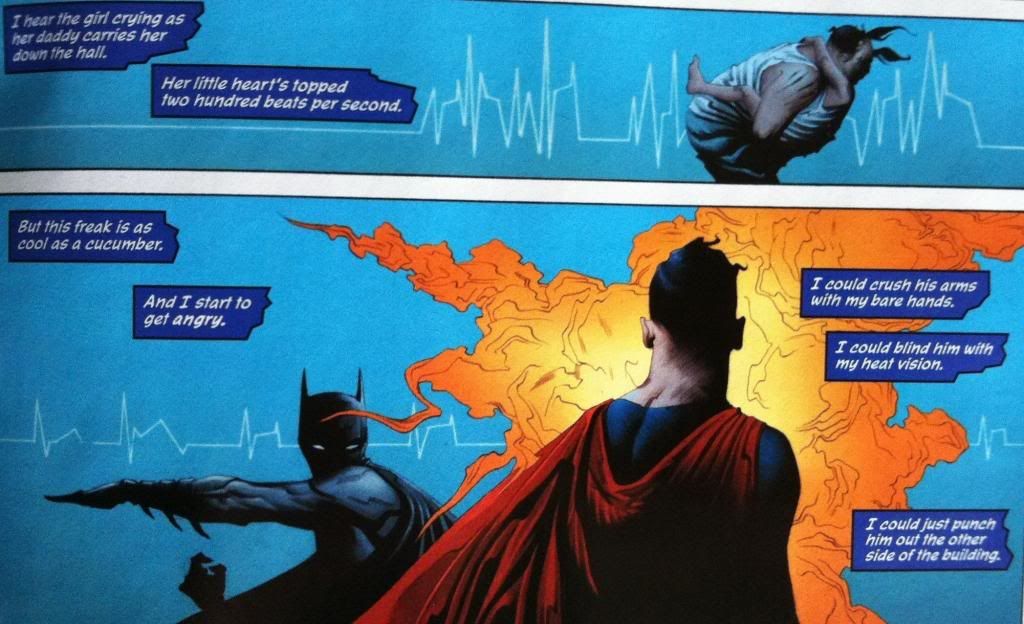
Tracking HRV can provide valuable insights into your stress resilience, recovery, and overall health. By making lifestyle adjustments, you can optimize your HRV and enhance your well-being. Unlike a static heart rate number, HRV reflects the tiny variations in time between each heartbeat, which are influenced by stress,
ReplyDeleterecovery, fitness levels, and even emotional states.
Heart Rate for a Pregnant Woman